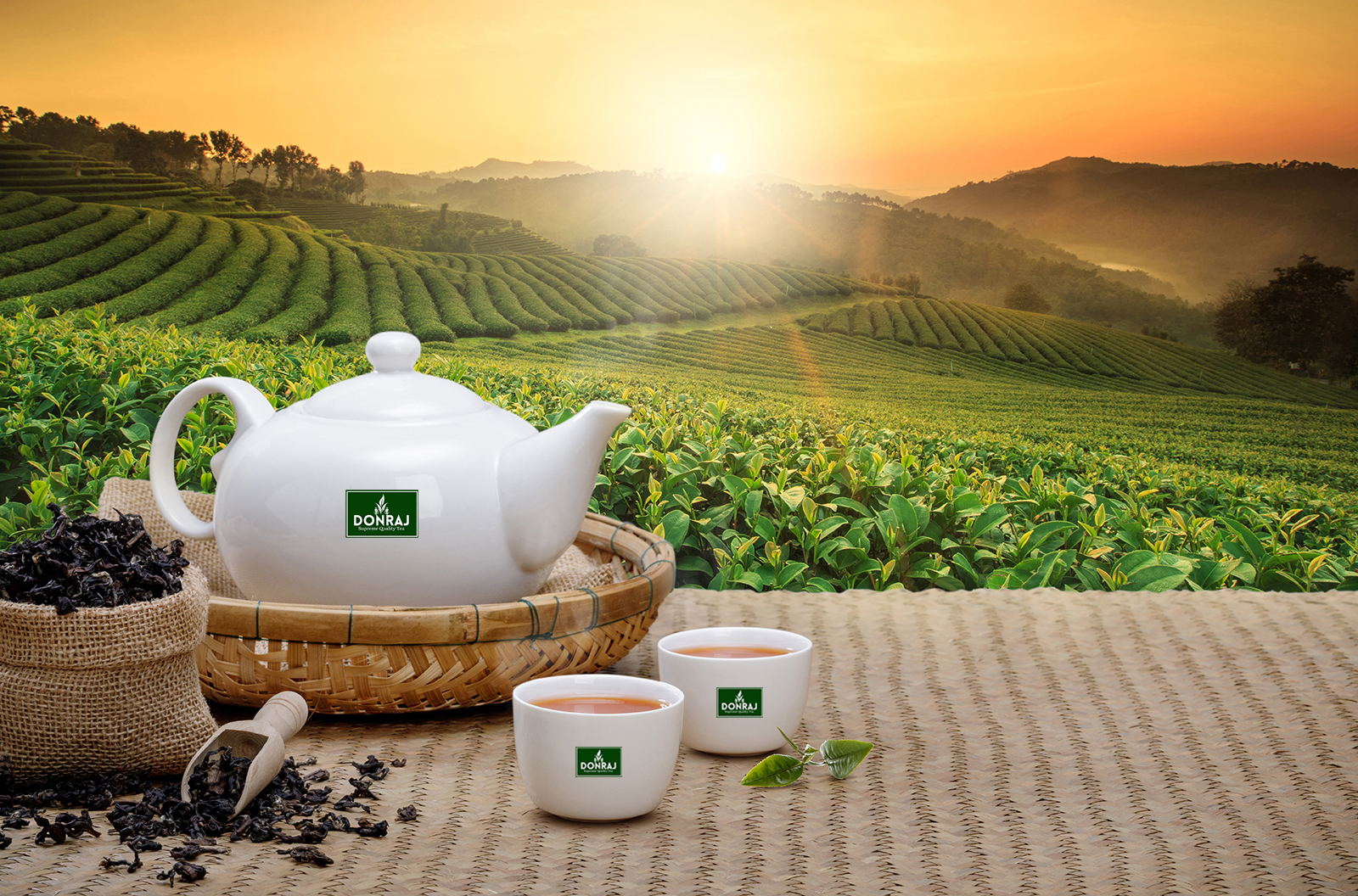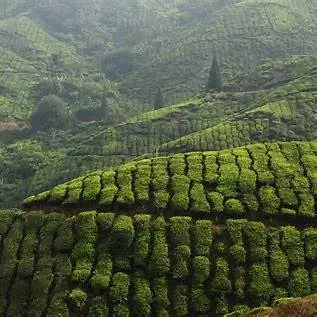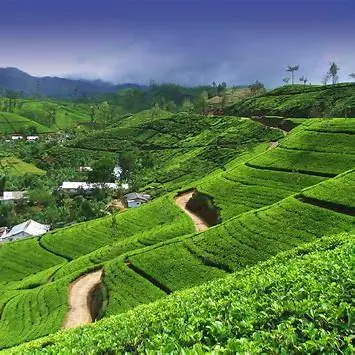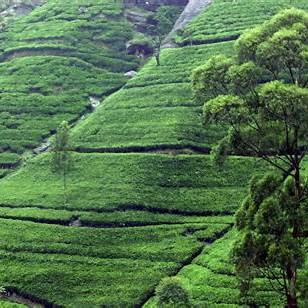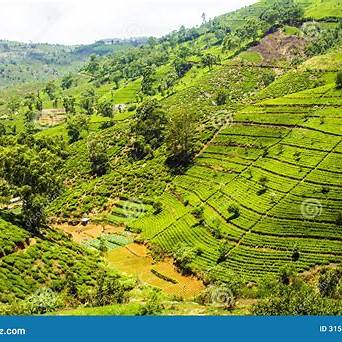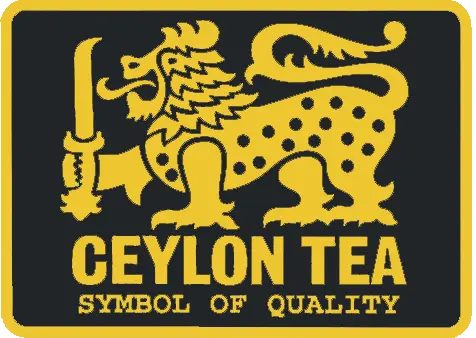Sri Lanka, formerly known as Ceylon, is renowned worldwide for its premium tea—a beverage that has become synonymous with the island's identity. The journey of how Sri Lanka transformed into the "Island of Tea" is a fascinating tale of resilience, innovation, and dedication.
The Prelude: Coffee's Rise and Fall
In the early 19th century, under British colonial rule, Sri Lanka's economy was predominantly driven by coffee cultivation. The island's central highlands, with their cool temperatures and abundant rainfall, provided ideal conditions for coffee plantations. However, this prosperity was short-lived. In 1869, a devastating fungal disease known as Hemileia vastatrix, or coffee leaf rust, swept through the plantations, decimating the coffee industry within a span of fifteen years.
The Dawn of Tea Cultivation
Facing the collapse of the coffee sector, planters sought alternative crops to sustain the economy. Tea emerged as the most viable option. James Taylor, a British planter, played a pivotal role in this transition. In 1867, on his estate in Loolkandura, Taylor embarked on experimental tea cultivation. His success laid the foundation for a thriving tea industry. The favorable climate of Sri Lanka's central highlands, characterized by humidity, cool temperatures, and consistent rainfall, proved conducive to producing high-quality tea.
Expansion and Global Recognition
The success of Taylor's experiments spurred rapid expansion of tea cultivation across the island. By the late 19th century, tea had become a major export commodity for Sri Lanka. The island's tea, branded as "Ceylon Tea," gained international acclaim for its distinct flavor and superior quality. Plantations flourished in regions such as Kandy, Nuwara Eliya, Badulla, and Haputale, each area imparting unique characteristics to the tea produced.
Economic and Cultural Impact
Tea cultivation has profoundly influenced Sri Lanka's socio-economic landscape. Today, the industry contributes approximately 2% to the nation's Gross Domestic Product (GDP) and provides employment to over a million people, directly and indirectly. Beyond its economic significance, tea has become an integral part of Sri Lankan culture and heritage, symbolizing hospitality and tradition.
Modern-Day Legacy
Sri Lanka stands as the world's fourth-largest producer of tea, with its exports reaching global markets and continuing to uphold the legacy of "Ceylon Tea." The island's commitment to quality and sustainability ensures that its tea remains a cherished beverage worldwide.
In essence, Sri Lanka's transformation into the "Island of Tea" is a testament to the resilience and ingenuity of its people, turning adversity into opportunity and crafting an enduring legacy in the world of tea.
